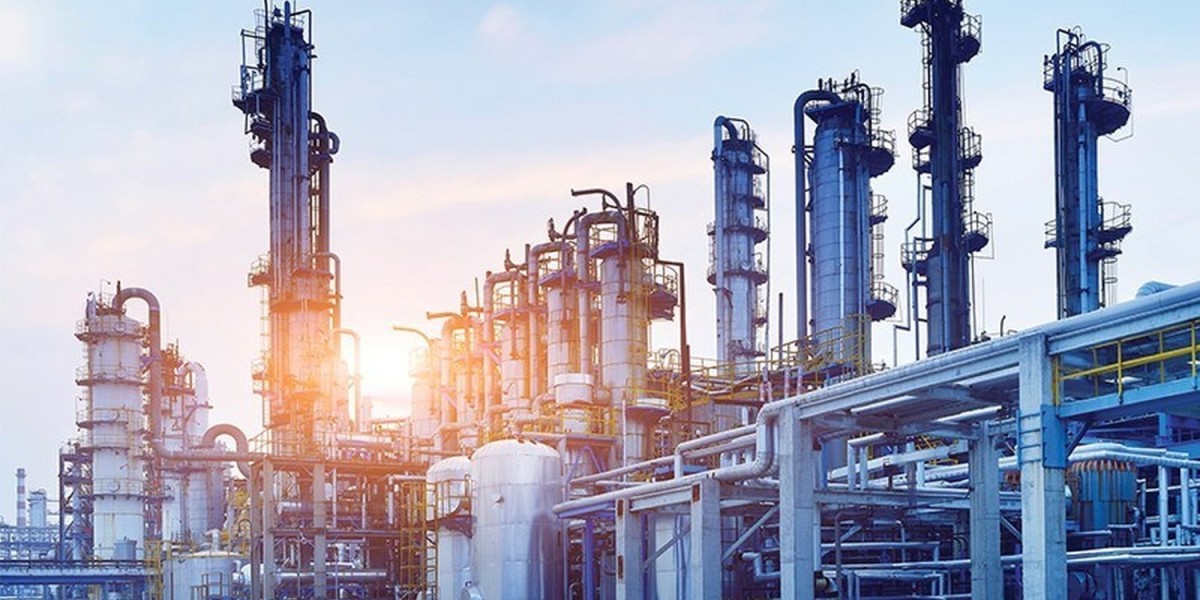Drilling fluids, also known as drilling muds, play a pivotal role in rotary drilling operations by performing important functions such as removing cuttings from the wellbore, cooling and lubricating the drill bit, maintaining well pressure control and protecting potential productive formations against damage. The most commonly used drilling fluids are water-based muds (WBM), oil-based muds (OBM) and synthetic-based muds (SBM). Each type of mud is engineered using a carefully selected blend of chemicals to attain the desired physical properties needed for effective well control and optimum drilling performance.
Chemical Components of Drilling Chemicals
Drilling Chemicals muds derive their essential characteristics from the variety of soluble and insoluble chemical additives that are incorporated. Weighting agents like barite are added to control and maintain downhole pressure. Dispersants such as lignite and lignosulfonates help suspend the drilled cuttings in the circulated mud. Viscosifiers including bentonite clay and polymers create sufficient viscosity and gel structure needed to lift cuttings to the surface. Surfactants are added to reduce mud-solid interactions and improve shale inhibition. Fluid loss control agents prevent the loss of mud into the formation pore spaces. Biocides eliminate bacteria growth that can degrade the mud. Other important additives are pH control agents, lubricants, defoamers and corrosion inhibitors.
Application of Drilling Chemicals
The precise formulation of drilling muds depends greatly on the geological conditions expected in the well. For example, WBMs tend to be preferred for shallow water and inland areas where toxicity and environmental concerns are less stringent. They are cheaper and simpler to formulate but have lower performance compared to SBMs or OBMs. OBMs, apart from providing excellent lubricity, are suitable for drilling salt sections and highly-reactive shales. However, their use entails challenging environmental management and oil spill contingency planning. SBMs bridge the gap by offering enhanced shale inhibition and lubricity at lower costs relative to OBMs. They use synthetic solids and high performance additives to achieve properties on par with expensive OBMs.
Shale Inhibition Challenges
One of the major headaches faced while drilling is shale instability, which can easily lead to wellbore collapse, stuck pipe or lost circulation episodes. Maintaining wellbore integrity in shale formations requires drilling fluids formulated specially to arrest fluid invasion and suppress clay hydration/swelling. However, inhibiting reactive shales chemically without damaging drilling operations or formations remains an ongoing challenge. Mud chemists closely monitor filtration rates and rheology changes to ensure the protective filter cake deposited inside the wellbore does not penetrate deep into the formation. High performance shale inhibitors based on potassium/ammonium salts, lignite dispersants or resinous polymers have revolutionized shale drilling over the last decade.
Solids Control is Critical
An effective solids control system is indispensable for recycling drilling fluids after removing drilled cuttings. Cutting accumulation increases viscosity and density, reduces fluid properties and transportation abilities. Common solids control equipment in use include shakers, centrifuges, mud cleaners and dryers. Chemical conditioning aids like flocculants improve the effectiveness of these systems. Drilling fluid maintenance through monitoring, testing and chemical adjustments protects the drilled hole conditions as well as drilling fluid performance throughout the well. Proper disposal of mud and cuttings residues as per local environmental regulations is also essential.
Biological Control with Biocides
One threat to drilling fluid performance that is often overlooked is microbial growth within the circulating system and surface equipment. Bacteria, if unchecked, produce byproducts that can degrade drilling properties, increase fluid losses and even lead to health hazards. Precautionary treatment with biocides protects the drilling operation and personnel safety. Common biocides used are glutaraldehyde, DBNPA, Isothiazolones and THPS. Their concentration in the mud is closely managed and monitored to prevent over-treatment that could damage drilling performance or the environment. Proper handling and disposal of biocides as chemical wastes is equally important from safety and compliance viewpoints.
New Frontiers in Drilling Fluid Technology
Nanotechnology and particle engineering offer promising avenues for developing advanced drilling fluids. Nano-additives can enhance fluid properties like viscosity and shale inhibition far more effectively. Thermal stable polymers, ionic liquids and hydrophobically-modified polymers combined with nano-sized weighting agents and viscosifiers are paving the way for more robust, environmentally-acceptable and cost-efficient solutions.
stimuli-responsive “smart” muds tuned to respond to downhole conditions like temperature, pH and salinity through physical or chemical transitions present exciting opportunities. Lastly, continuous efforts on alternative, bio-based or “greener” additives serve to further drilling sustainability goals. Overall, chemicals remain at the core of drilling technology innovations aimed at greater efficiencies, safety and well construction quality.
Get more insights on Drilling Chemicals
For Deeper Insights, Find the Report in the Language that You want
About Author:
Ravina Pandya, Content Writer, has a strong foothold in the market research industry. She specializes in writing well-researched articles from different industries, including food and beverages, information and technology, healthcare, chemical and materials, etc. (https://www.linkedin.com/in/ravina-pandya-1a3984191)



